Contents
Who doesn’t love to eat homemade, fresh and fragrant cucumbers? But in order to grow them like this, it is important to know the basic rules of care. Timely feeding of cucumbers increases the immunity of plants, so that they resist diseases. It is worth noting that cucumbers do not like temperature changes and cold. Grow well in humid climates. To increase productivity, organic matter and mineral fertilizers should be applied to the soil.
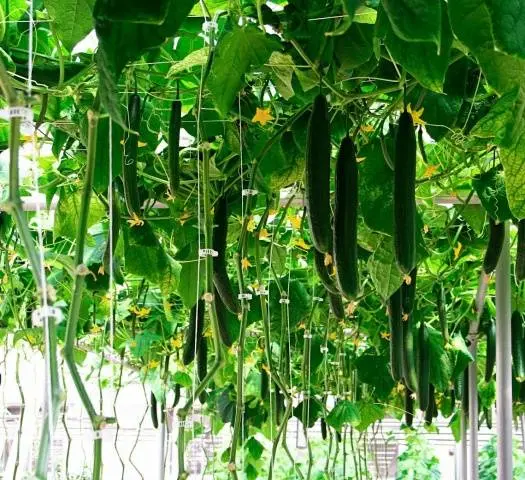
This article will focus on azofosk, a fertilizer used for cucumbers. So, you will learn how to determine the lack of trace elements in the soil in which cucumbers grow, why many summer residents choose azophoska as a top dressing and how to use it in gardening.
Means for feeding cucumbers
To protect cucumbers from diseases, many gardeners use ordinary wood ash. It contains potassium, a trace element so necessary for cucumbers. Since ash is a natural remedy, it is absolutely harmless to the human body. Such top dressing can be carried out during the harvest period. You can spray cucumber bushes with a solution of ash, powder the soil with a sifted dry mixture, and also add a solution of ash under the root.

Ash solution is prepared from 1 glass of ash and 10 liters of water. Leave for 24 hours to let the ashes brew. For spraying, this infusion must first be filtered. It is necessary to water the cucumbers with warm water, its temperature should be in the range of 20-25ºС. If the solution is left in the sun for a day, then in the evening it will be just warm, which will allow you to fertilize under the root or spray.
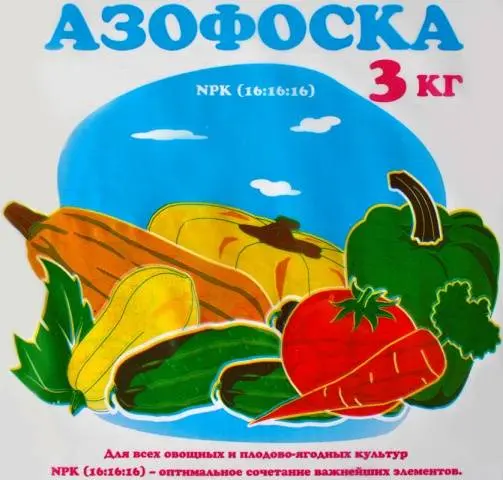
Not everyone has ash in their garden or dacha, so it is not possible to fertilize the land with this natural remedy. In this case, you can feed the cucumbers with azophos. This is a complex mineral fertilizer, which contains all the trace elements necessary for the full growth of cucumbers. However, before talking about the benefits of azofoska and its features, as well as how this fertilizer is used, we suggest that you find out the signs that indicate that it’s time to apply fertilizer to the soil.
Signs of soil depletion
If you have already harvested, and there is still time before the end of the season, then it’s time to help the cucumber bushes recover. In the second phase of the growing season of cucumbers, irregularly shaped fruits may appear. This is the main sign that fertilizers need to be applied to the soil in order to feed the cucumbers.
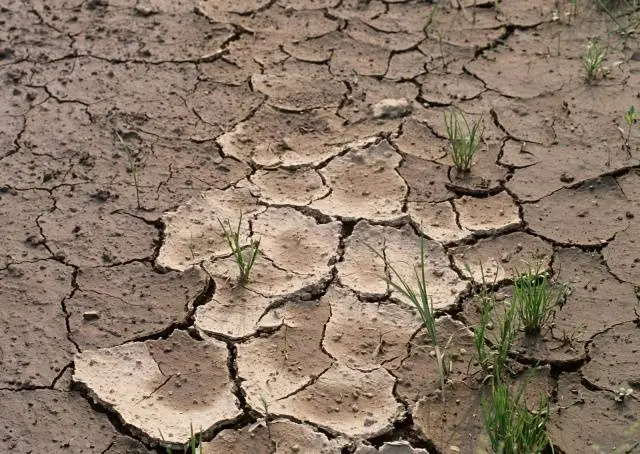
In addition, you need to loosen the soil. The compacted soil should be pierced with a pitchfork, while retreating from the stems of cucumbers by 10–15 cm. Do not loosen the earth with a chopper, since the root system of cucumbers is located almost on the surface of the earth. Pricking with a pitchfork will increase the flow of oxygen to the roots, which will help them regenerate. After that, growth stimulants should be added to the soil, such as potassium humate, Epin, Kornevin and others. Then you can mineralize the soil and add organic matter to it.
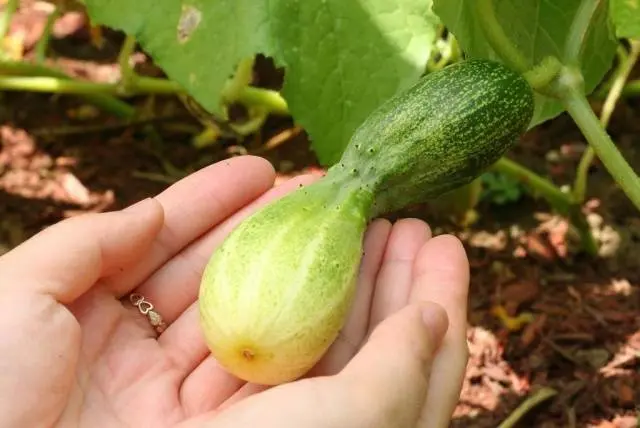
To achieve maximum effect, feed cucumbers every 7-10 days, this should be done in small doses.
Azophos composition
If you have a large plot of land that needs to be fertilized, then buying top dressing will not be cheap. Azofoska, unlike other types of top dressing, is inexpensive. That is why many gardeners and gardeners prefer this particular type of top dressing.
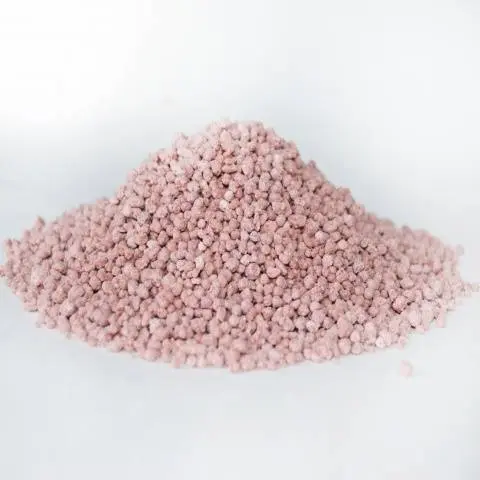
As a percentage, azophoska contains nitrogen in the largest amount. It is worth noting that nitrogen is an important trace element. Although for some plants it is needed less than for others. Another component of azofoska is phosphorus, which is necessary to ensure the full development of cucumber bushes. Different brands of azophoska can be applied in almost all periods of the growing season. The lowest phosphorus content in azofosk is 4%, and the highest is 20%. It all depends on the brand of fertilizer.
Another important component of the fertilizer is potassium, in azophos it can be from 5 to 18%. And the last component of azophoska is sulfur. It is the smallest percentage in the composition, but this is enough for the full development and growth of cucumbers.
Characteristics and properties
Azofoska, judging by the composition described in the previous subsection, is a complex mineral fertilizer. The main characteristics of the composition:
- Packing – granules having a size of 1-5 mm. They do not absorb moisture from the air.
- The granules may be light pink or white.
- With long-term savings, azophoska does not cake and does not stick together, it remains crumbly.
- Hardly flammable fertilizer, non-toxic.
- It dissolves quickly in water and is easily absorbed by plants.
- Azofoska should be stored in a vacuum package or a closed container, in a dark and cold place. In case of non-compliance with the rules of storage, the fertilizer loses its validity.
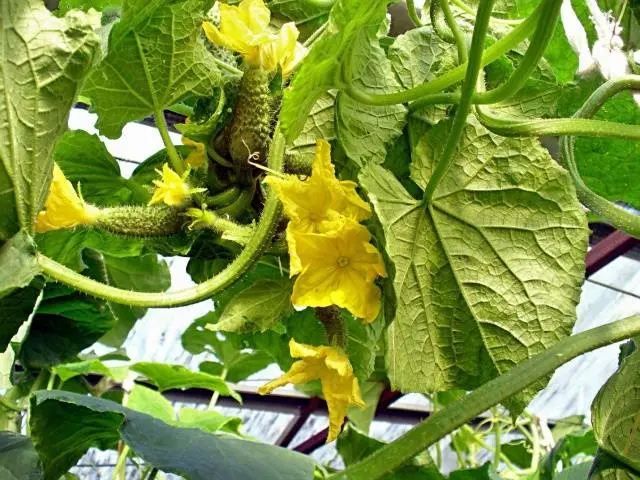
The complex effect of azophoska on cucumbers leads to:
- an increase in the content of fats in fruits, as a result of which the yield increases;
- increasing nutritional value;
- increase in the growing season;
- strengthening the immunity of cucumbers, as a result of which they become more resistant to diseases and can adapt to climatic conditions that are not suitable for their development.
General recommendations
Most often, azophoska is used for soils with poor diffusion, however, it is also applicable to other types of soils. The main recommendation for the use of azofoska is to comply with the dosage indicated in the instructions for use. This is due to the fact that unauthorized dosing will lead to an excess of micro- and macroelements in the soil, due to which nitrates will accumulate in vegetables, which have a negative effect on the human body.
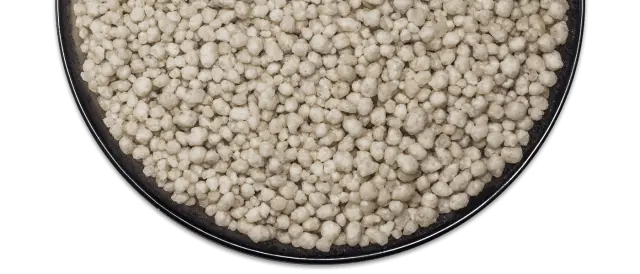
In order for the harvest to be of high quality and plentiful, alternate organics with mineral fertilizers. In this way, the likelihood of nitrate accumulation in cucumbers can be minimized.
Azofoska should not be applied during the cold season. This is due to the fact that due to lack of heat, nitrates will accumulate in the soil. The best time to fertilize the land with azophos is the end of April – May. During this period, the earth warms up enough, and moisture from melting snow still remains in it, which contributes to the diffusion of useful substances.
Advantages of azophoska
Each fertilizer has its own merits. Azofoska is no exception. So, in a number of advantages of fertilizer it is worth noting the following:
- The complex of trace elements allows cucumber bushes to receive everything necessary for their full development.
- Dissolves quickly in water.
- Stimulates the growth of cucumber bushes and strengthens the roots.
- Easy to digest.
- Cucumbers become more adapted to the weather, less prone to diseases.
- Increased abundance and flowering period.
- Productivity increases.
- Harvested cucumbers have a longer shelf life.
- Доступная цена.
- If azophoska is introduced into the ground, then it is usually not necessary to additionally fertilize it.
Types of azophoska and their application
Azofoska is divided into several types, which allows it to be used for different plants. So, the brands of the product differ, as mentioned above, in the amount of nutrients they contain – nitrogen, potassium and phosphorus.
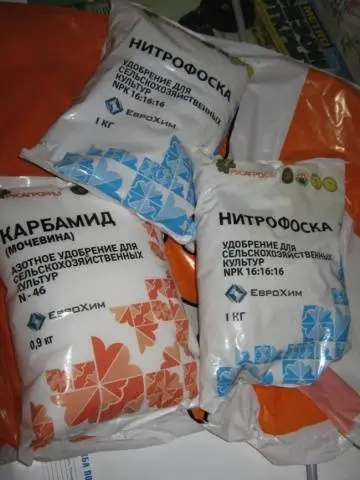
- NPK 16:16:16 is a classic, in which all components are present in equal amounts. It is used for tuberous and vegetable crops, as well as for processing fruit trees.
- NPK 19:9:19 – this composition contains less phosphorus than in the classic version. If there is enough phosphorus in the soil in your garden, then this brand of fertilizer will suit you. In arid places, this trace element is usually sufficient, as it is washed out with water. And therefore, the brand of azophoska NPK 19:9:19 is used, as a rule, in arid warm regions.
- NPK 22:11:11 is applicable on neglected soils, since this brand of fertilizer contains the most nitrogen. Azofoska NPK 22:11:11 is used in intensive agriculture, as a result of which the soil gets tired and depleted. Such artificial top dressing helps the soil to be updated faster.
Azofoska application rates and instructions for use
As mentioned above, azophoska is a universal fertilizer used not only for cucumbers, but also for other crops, as well as bushes and trees.
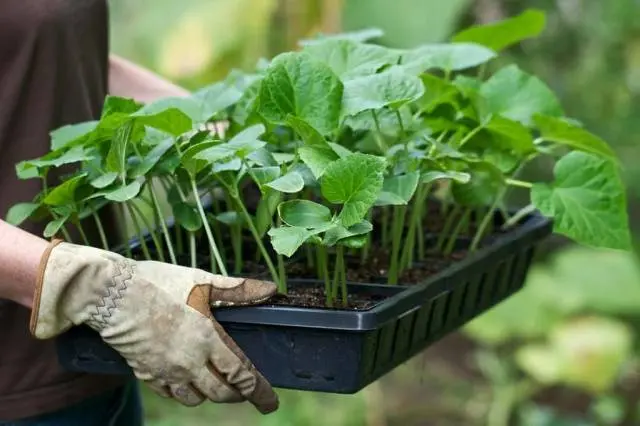
Norms of fertilizing the land with azophos:
- To fertilize annuals by scattering fertilizer granules over the soil, you need to use 30-45 g / m2.
- If you need to fertilize the wells, then the norm will be 4 g of azophoska per well.
- When root dressing, 2–3 g of azophoska is diluted in a liter of water.
- To fertilize bushes and trees, you need to dose it at the rate of 30–35 g/m2. In this case, the amount of fertilizer is distributed in a circle from the trunk.
Features of feeding cucumbers
Cucumber fertilizer is carried out in 3 stages:
- Fertilizer is applied a week before planting cucumbers, either seedlings, or sowing seeds. For this, a bed is prepared and watered with an aqueous solution of azofoska.
- The next top dressing is carried out in early June. This time it is better to add organic matter to the soil. It can be green liquid fertilizer or mullein infusion.
- In mid-June, that is, 2 weeks after the second top dressing, you need to carry out the third top dressing – add azofoska to the soil.
So, you will prepare the bushes for the period of formation and ripening of cucumbers. Usually these three dressings are enough. But if you wish, every 10 days you can powder the earth with ash or spray cucumbers with infusion from it. This was discussed at the beginning of this article.
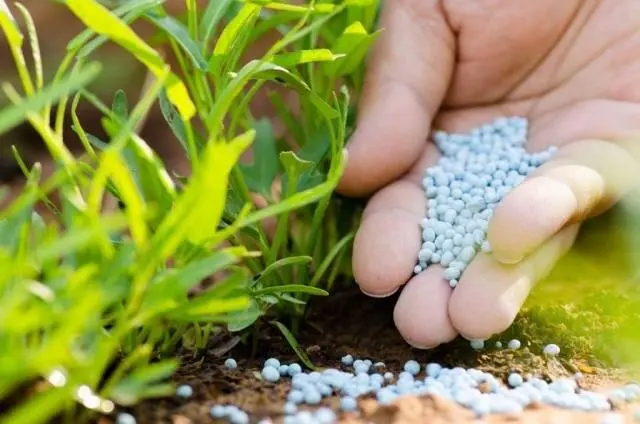
For top dressing during the fruiting period, you can also use green slurry, which does not contain nitrates. It is worth noting that it is also not worth feeding cucumbers with manure during the ripening period of the crop, since it also contains nitrates, which will certainly accumulate in cucumber fruits if fertilizers are applied incorrectly.
So, in order to get a good harvest of cucumbers this year, follow the instructions above for applying azofoska and other fertilizers used along with it. In addition, we suggest you watch a video on the use of azofoska in agriculture:









